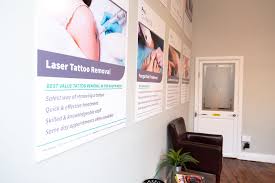What do you first think of when you hear the word “facial”? For many women, it conjures up images of oils, cleansers, exfoliators, and the like. But the hottest thing in the beauty industry today is actually none of those things. If you haven’t heard of it yet, let us introduce you to cryotherapy treatment, or to be more specific, cryotherapy facial treatment, also known as “frotox”.
What is Cryotherapy Facial, or Frotox?
Frotox is a beauty process wherein extremely-cold blasts of air from vaporised liquid nitrogen are used to freeze the skin on the facial and neck areas. It is typically used to combat the aging process and/or treat a variety of skin conditions, as well as repair tissue damage and decrease inflammation.
What are the Benefits of a Cryotherapy Facial?
There are several benefits of undergoing cryotherapy treatment or frotox. First of all, it’s a non-invasive method of cleansing your face from toxins. It is also an effective way of fighting acne and hastens the healing process of blemishes and lesions. A lot of women also use it for its ability to stimulate collagen production on the skin, meaning the skin gets tighter and produces a smoother, more even-toned complexion that reduces wrinkles and fine lines even more.
The skin also benefits from cryofacial treatments due to the regenerative properties; dead skin cells are frozen and replaced, resulting in healthy glowing skin after just a few sessions. What’s more, cryotherapy facials help to reset the immune system, helping to keep in check skin conditions like psoriasis and eczema.
How Does It Work?
Each spa offering cryotherapy treatments have slightly different procedures, but the basic process is the same. The skin is first cleaned and exfoliated by an attendant and, depending on the treatment, a serum might be applied before the actual cryotherapy session starts. The cryofacial is done by applying super-cold vapours of air from controlled streams of liquid nitrogen to the facial and neck areas, causing the skin pores to close as temperatures go down to around minus 9 degrees Celsius.
The session lasts from 10 to 20 minutes, and might be followed by add-on treatments like a facial massage or a hydration mask.


No comments:
Post a Comment